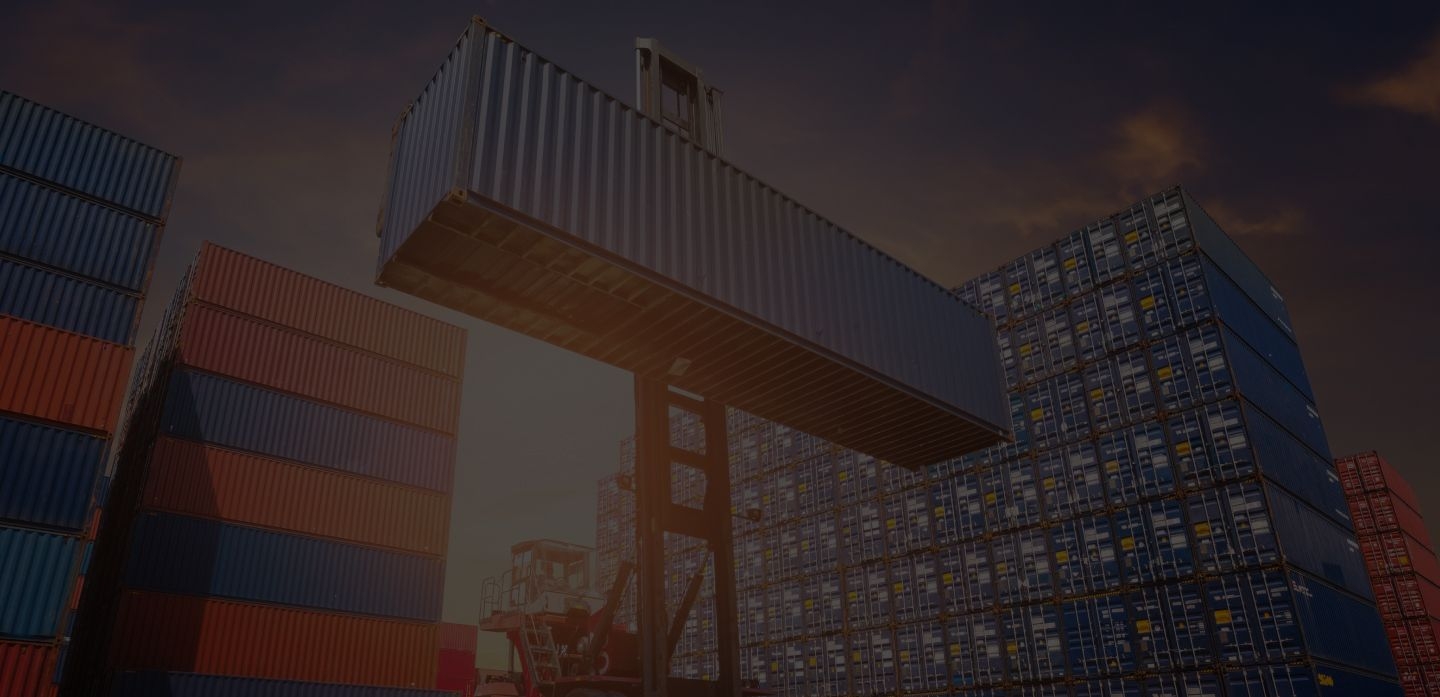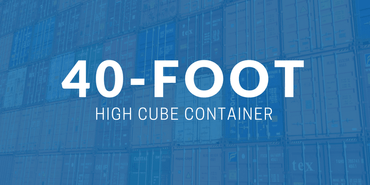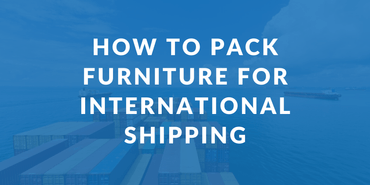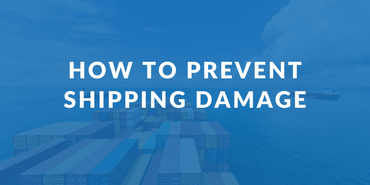
How to Prepare Goods for LTL Shipping



LTL is without doubt a fast and cost-effective shipping method. If you aren’t 100% sure of what LTL means and stands for - Less than Truckload shipping is used for small-volume freight to be transported inland. Shippers “share” the truck space and therefore they are only charged for the amount of space their goods occupy which, of course, results in lower prices.
However, with LTL, your cargo travels alongside other freight and is handled by several parties. This is why it is particularly important to make sure you take all necessary precautions to ensure a smooth and successful LTL shipping process.
Preparation is everything when it comes to LTL and concentrating on the main key points of this process is precisely what we will tell you about in this article.
What to focus on while preparing LTL shipping
Dimensions
This will probably not come as a surprise: making sure you take accurate measurements of your freight will actually benefit you largely. Providing the right dimensions leads to a better estimate in your freight quote and can help avoid extra costs.
Moreover, this kind of information is essential for carriers since it helps them define how much cargo will fit in the truck and how to best store it. Therefore, by accurately measuring your freight, you will not only prevent overspending but also ensure smoothness in the whole process.
Don’t forget to take measurements after your goods are packaged. If you don’t calculate in the volume of the pallet and the outer dimensions of any packaging, you will probably be billed for it should the trucker notice a difference in volume compared to what was booked.
Packaging and labeling
This is probably the most important point to consider while preparing an LTL shipment. Although packaging normally depends on the type of freight, using crates and pallets is usually advised.
Crates should be used to store smaller units while pallets are intended for heavier items. In addition, the latter have flat-bottom decks and thus can be stacked on top of each other. However, crates and pallets are frequently used together since crates can be placed on pallets.
Aside from maximizing capacity, crates and pallets can also help prevent damage to your shipment. Ensuring there are no loose items is paramount - LTL transportation typically involves a fair amount of rattling and jostling.
Also, cargo is handled multiple times during an average move - loaded on and off trucks, so using pallets and crates (provided there are slots for forklift forks) will mean that cargo will be easier to handle for the warehouses and therefore generally less likely to sustain damage during handling.
Once all crates and pallets are stacked, each handling unit should have the Bill of Lading on top along with other labels indicating specific instructions as to how the freight is to be handled. These labels should also provide information as to where cargo is going and how many pieces or units are to be shipped together. However, make sure your packaging is relatively neutral so it does not indicate something is high value or easily re-sellable so as to not tempt weak souls.
Bill of Lading
This is undoubtedly an absolute must with LTL shipping and your carrier will, in fact, require you to provide one. As you may know, a Bill of Lading (BoL) is a common document in shipping that acts as a sort of contract of carriage and details who, why, when, how and what is involved in the transaction. For instance, it includes information on the kind of shipment being transported, the packaging being used, freight class, the buyer, the seller and other participating parties.
You should think of your Bill of Lading as a receipt of your shipment and make sure it’s attached to the packaged goods. It will then be checked by drivers and carriers in order to carry out transportation accordingly.
Loading and execution
All of the steps described above should be executed properly so the freight is ready to be loaded at the agreed time and place with the carrier. Unlike other transport modes, with LTL shippers are required to have their cargo ready to load upon pickup since the window for loading is rather small.
Not having proper documentation and well packaged and labeled freight can result in delays in the process and also extra charges.
As you can see, there are a few and simple steps you can take to ensure you avoid additional fees, your freight is on time and transported safely.
Did you know you can now get an online quotation for your LTL shipping with iContainers? Get hundreds of rates from different carriers and book instantly!
Related Articles


